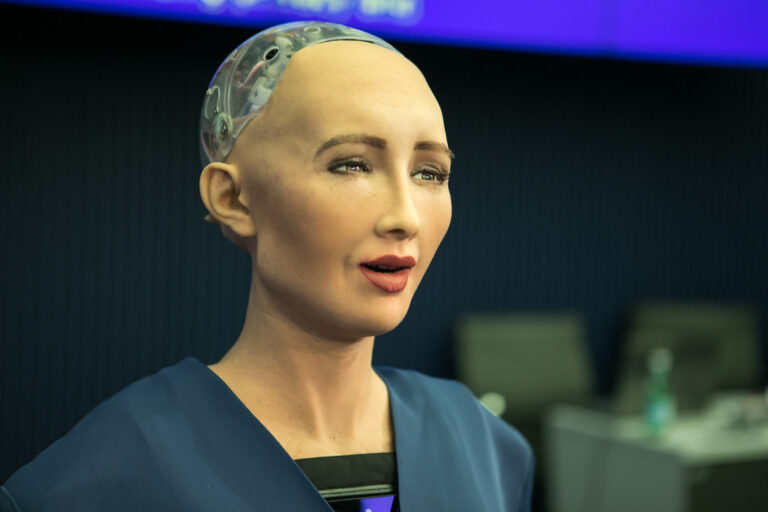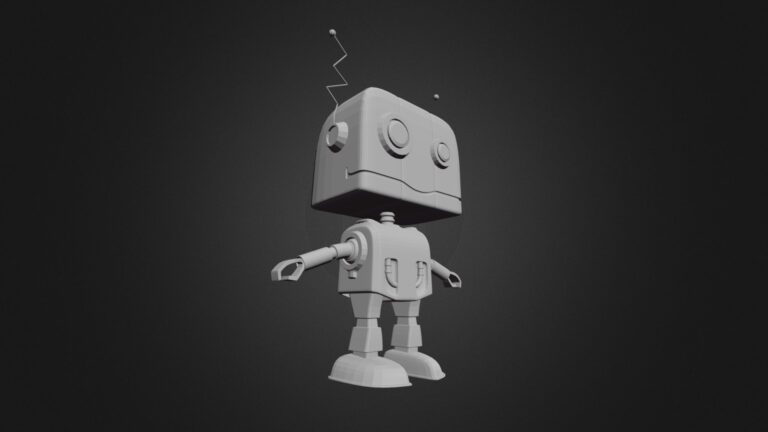Implementing an OpenAI Chatbot can be a complex task, and there are several challenges that developers may face in the process. Here are 30 potential challenges:
- Data quality: To train a chatbot, you need high-quality data. Ensuring that the data is clean and relevant can be a time-consuming and challenging task.
- Data quantity: To build a high-performing chatbot, you need a large amount of data. Collecting and processing this data can be a challenge.
- Contextual understanding: Chatbots must understand the context of a conversation to provide relevant responses. Achieving this level of understanding can be difficult.
- Natural language processing: Chatbots must be able to understand and respond to natural language, which can be challenging given the complexity and variability of human language.
- Multilingual support: Building a chatbot that can support multiple languages can be challenging, as it requires a deep understanding of multiple languages.
- Voice recognition: If your chatbot is designed to be used through voice commands, you will need to ensure that it can accurately recognize and interpret spoken language.
- Tone recognition: Chatbots must be able to recognize the tone of a conversation to respond appropriately. This can be challenging, as tone can be difficult to interpret accurately.
- Personalization: Chatbots that can provide personalized responses require access to individual user data. Collecting and managing this data can be a challenge.
- Intent recognition: Chatbots must be able to understand the intent behind a user’s message to provide an appropriate response. This can be challenging, as intent can be ambiguous or unclear.
- Entity recognition: Chatbots must be able to identify and extract relevant information from user messages. This can be challenging, as entities can vary in form and context.
- Response generation: Chatbots must be able to generate relevant and appropriate responses to user messages. This can be challenging, as responses must be contextually relevant and semantically correct.
- Natural language generation: If your chatbot is designed to generate responses in natural language, it will need to be able to produce human-like language that is grammatically and semantically correct.
- Emotional intelligence: Chatbots that can recognize and respond to emotions require sophisticated algorithms and models, which can be challenging to develop.
- Platform integration: If your chatbot is designed to be used on a specific platform, you will need to integrate it with that platform’s APIs and tools.
- Security: Chatbots that collect and store user data must be secure and protect user privacy. This can be a challenge, as data breaches and security threats are common.
- Testing: Testing chatbots can be challenging, as they must be tested in a wide range of scenarios to ensure they function as intended.
- Maintenance: Chatbots require ongoing maintenance and updates to remain relevant and effective. This can be a time-consuming and challenging task.
- Deployment: Deploying chatbots can be complex, as they must be integrated with multiple systems and platforms.
- Cost: Building and maintaining a chatbot can be expensive, especially if you need to hire a team of developers and data scientists.
- User adoption: Getting users to adopt and use your chatbot can be challenging, especially if they are used to traditional forms of communication.
- Ethics: Chatbots can be used to manipulate or deceive users, so it is important to ensure that they are developed and used ethically.
- Legal compliance: Chatbots must comply with relevant laws and regulations, which can vary depending on the industry and jurisdiction.
- Brand identity: Chatbots must be consistent with your brand’s identity and tone, which can be challenging to achieve.
- User training: Users may need to be trained on how to use your chatbot







